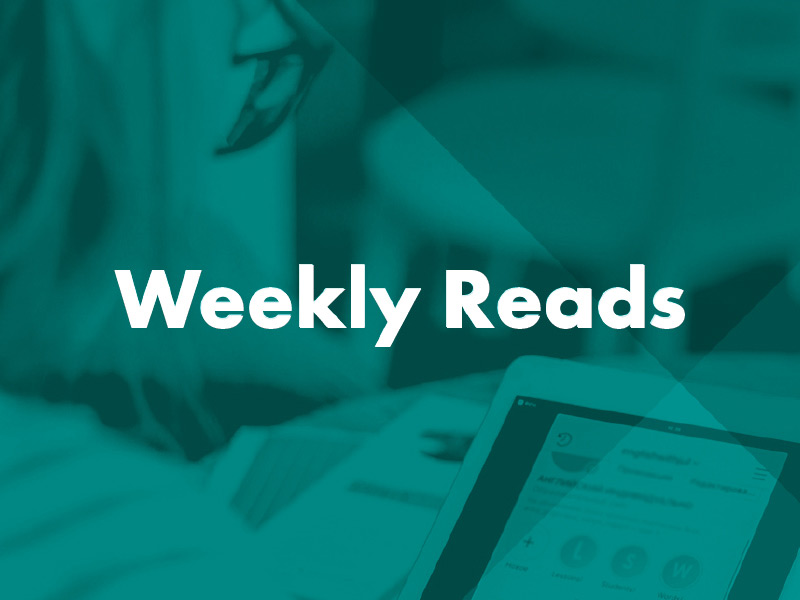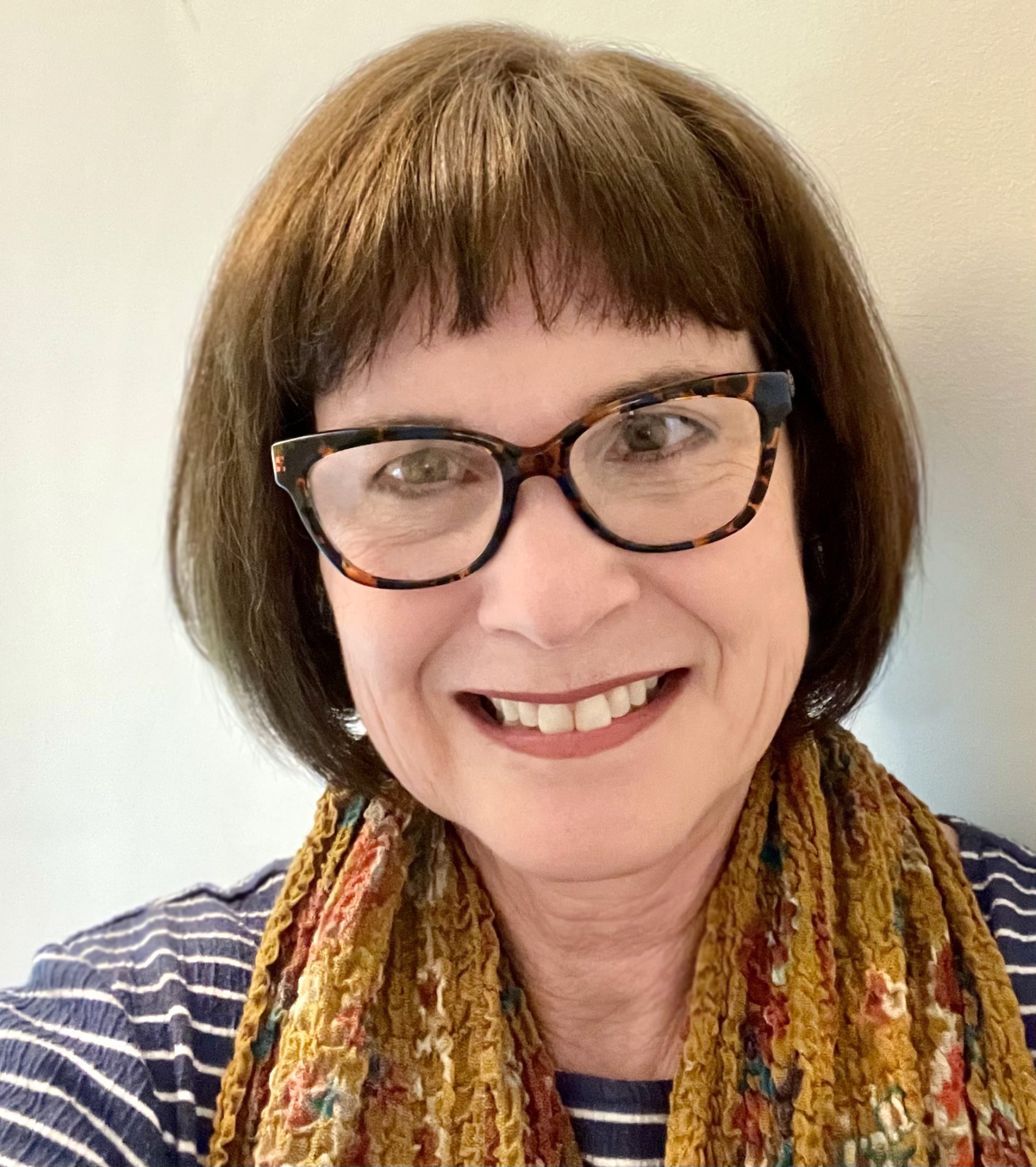Weekly Reads—May 28, 2021

Enjoy PEAK’s weekly roundup of timely insights from the grantmaking community and beyond.
“To date, we have recorded $75 million directed explicitly toward AAPI communities in 2020. … Perhaps what is more notable is that—despite the rise in anti-Asian hate in 2020—only a fraction of the donations or pledges in our databases were denoted as focused on antidiscrimination or addressing issues of anti-Asian hate last year. Specifically, about 8 percent of foundation donations, 4 percent of public charity donations, and zero percent of corporate giving donations mentioned anti-Asian discrimination.” [more]
Cathleen Clerkin, Candid
“Our latest report, based on data we collected in 2019 and analyzed in 2020, represents 68% of our active U.S. grantees. … Knowing the demographics of our grantees’ staff and leadership grew in importance this past year, as our organization, rocked back on its heels by the events of last summer, went through a period of intense reflection. Having made new commitments to more directly address racial justice, including plans to launch a 10-year, $150 million racial justice initiative, we know it’s critically important to develop a deeper understanding of how systemic racism affects the various fields in which we work, and how it intersects with other aspects of identity, including class, gender, and sexual orientation.” [more]
Larry Kramer, Sara Davis, and Charmain Mercer, The William and Flora Hewlett Foundation
“By and large, the critics [of organizations where there is a disconnect between their antiracist public statements and how they approach their work] are younger, often of color, though also white allies. They are newer to the workforce and in direct service roles that power the organization’s mission. Often, they identify with the very people the organization is set up to serve. In short, they are the people closest to the work, yet they find themselves furthest from the decision-making tables that define the strategy, design the delivery model, and determine the core objectives. In my observations and interactions, the most outspoken of these are very familiar with the characteristics of white supremacy culture and anti-oppression pedagogy. And what they are feeling, seeing, and saying, is that, in their view, white supremacy abounds.” [more]
Dax-Devlon Ross, Nonprofit Quarterly
